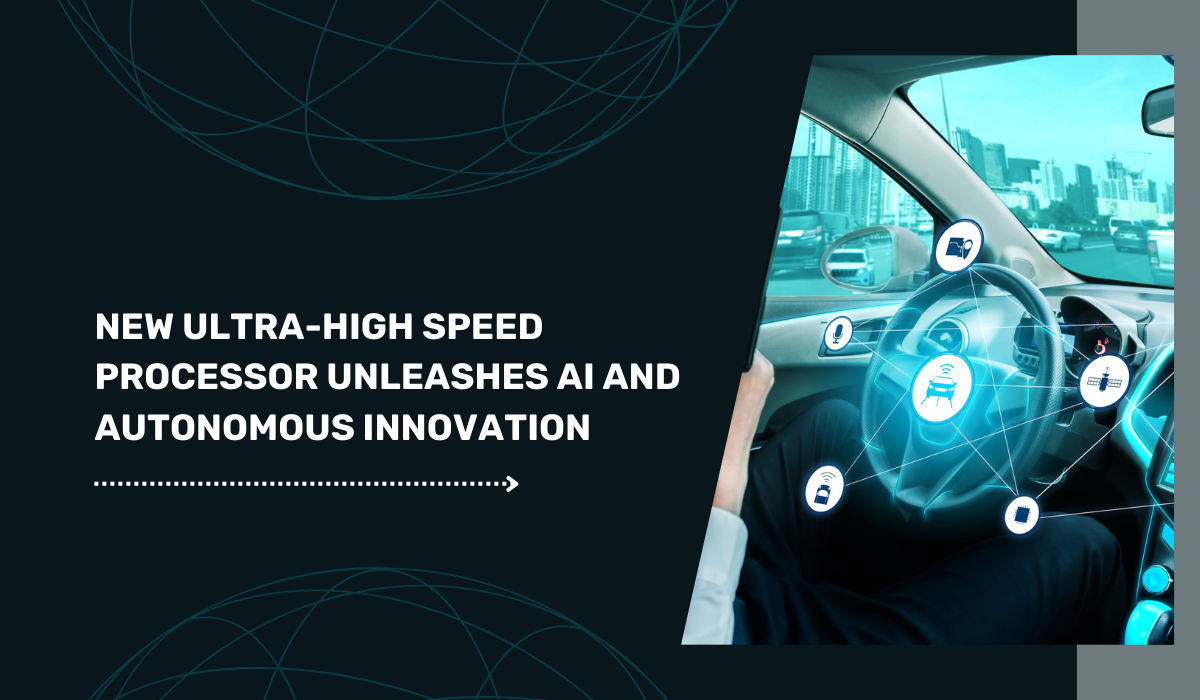
A team led by Professor David Moss at Swinburne University of Technology has unveiled a processor boasting a staggering speed of over 10,000 times faster than typical electronic processors, operating at an unprecedented 17 Terabits per second (Tbps). This technological leap holds significant promise for the advancement of driverless cars, medical imaging, and the exploration of habitable planets beyond our solar system
Professor Moss describes the newly developed processor as a "game-changer," presenting itself as portable, ultra-precise optical rulers applicable in diverse scenarios. From handheld breath scanners to monitoring subtle movements in space and identifying Earth-like exoplanets, the processor's applications are far-reaching. Its efficiency and speed are set to revolutionize artificial intelligence (AI), machine learning, and robotic vision, enabling real-time data processing and enhancing the capabilities of autonomous systems in various environments.
At the heart of this groundbreaking technology lies the integrated optical microcomb, overcoming the inherent limitations of bandwidth and energy in electronic processors. Moss emphasizes that beyond being a technological marvel, this photonic signal processor heralds a future where high-speed, efficient data processing becomes integral to every facet of our lives. From transforming transportation and healthcare to propelling advancements in space exploration and AI, the profound and far-reaching impact of this innovation is poised to shape the technological landscape for years to come.